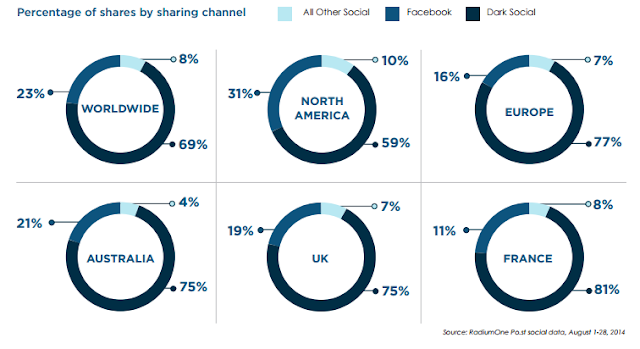In a B2B business where sales cycles run long, it becomes all the more important for businesses to nurture their audience with relevant messaging over a period of time. Most of it is typically done by sending emails containing right mix of content (or offers in case of B2C). Over past few years, advertisers have also started investing in social nurturing i.e. running a re-marketing campaign by showing ads on prospect's social network feeds. Push notifications is yet another medium to remind or engage prospects with your brand. Push notifications may or may not be used for sending promotional offers alone, they're a great medium to notify users about an upcoming event or webinar as well. B2B businesses can make use of Push notifications to various ways.
Push notifications aren't new. Typically mobile apps send push notifications to users so that the users visit and perform the intended action. B2B businesses that do not have a mobile app can still send these notifications by putting a JavaScript code in all pages of their website (including blogs & business pages) & nurture the website visitors with relevant content until they convert (or give business). The most important question that requires brainstorming is - What is an ideal push notification strategy?
Every business is different. "One size fits all" may not work when it comes to creating a push notification strategy however, there're few basic concepts that are common to B2B businesses and below strategies may help:
a. Blogs Section Visitors: Have a Blog? Send push notifications to all blog subscribers whenever a new blog post is created. You can also create segments basis blog categories/tags and blogger profiles & send relevant notifications to relevant audience.
b. Business Pages Visitors: Send push notifications to all users who browse business content in your website - Users who're returning often to a particular section of your website show they're are in 'Interest' phase of AIDA framework and should be nurtured with content related to that particular section/ service.
c. Engagement: Identify users who engages with your content the most i.e. spend more than X minutes or engages with more than Y events on the page (click links, watch video, download pdfs etc.). Such users have progressed to "Desire" phase and advertisers may want to send them a push notification about providing them some incentives (some % off on premium services, free event passes, extended services etc.).
d. Lead Form Aborts: Users who visit lead form/ subscription page but leave without purchase or form submission -These are those advanced users who're on the verge of converting (or giving business/ purchase your services). Push notifications to them must contain a strong incentive so that they come back and finish the purchase.
IMPORTANT POINTS TO CONSIDER
A/B Test: B2B businesses must A/B test various content pieces sent as push notifications and capture user engagement on them to decide which one is working and which isn't.
Frequency & Timing: Please refrain from spamming or sending too many push notifications to your subscribers otherwise they will unsubscribe and whole strategy may go for a toss. While many advertisers send push notifications on a daily basis, my personal opinion is to keep it to 3-4 times a week only.
Targeting: Push notifications can be targeted to a particular user segment. Various audience segmentation can be made such as segmenting users basis content consumed, time spend, website engagement, geography, returning v/s new visitors etc.
Browser Compatibility, UTM Tagging & Secure Websites (HTTPS): Push notifications may not work on all browsers however, it does work on Google chrome & Firefox. The links that you promote must be properly tagged with UTM parameters (so that you can track the traffic easily in google analytics). Non-secure websites require double opt-in hence, it's recommended to have a secure URL (HTTPS) so that you increase opt-in subscriber base easily.
Integration with Marketing automation platforms: Various push notification providers do integrate with automation platforms such as Eloqua etc. Subscriber ID can be mapped with user's unique identifier (such as phone, email address etc.) and advertisers can then take the push notification strategy to a whole new level. Mapping subscriber IDs would allow advertisers to send personalized notifications.
Remember, the sole objective of nurturing audience is to assist conversion or get business for your organization. So, if it's via email, social, sms, push notification or an integrated approach all that's required is a strong strategy, efficient targeting, interesting content (to drive user action) and impeccable optimization.
All you need is a "push" !


